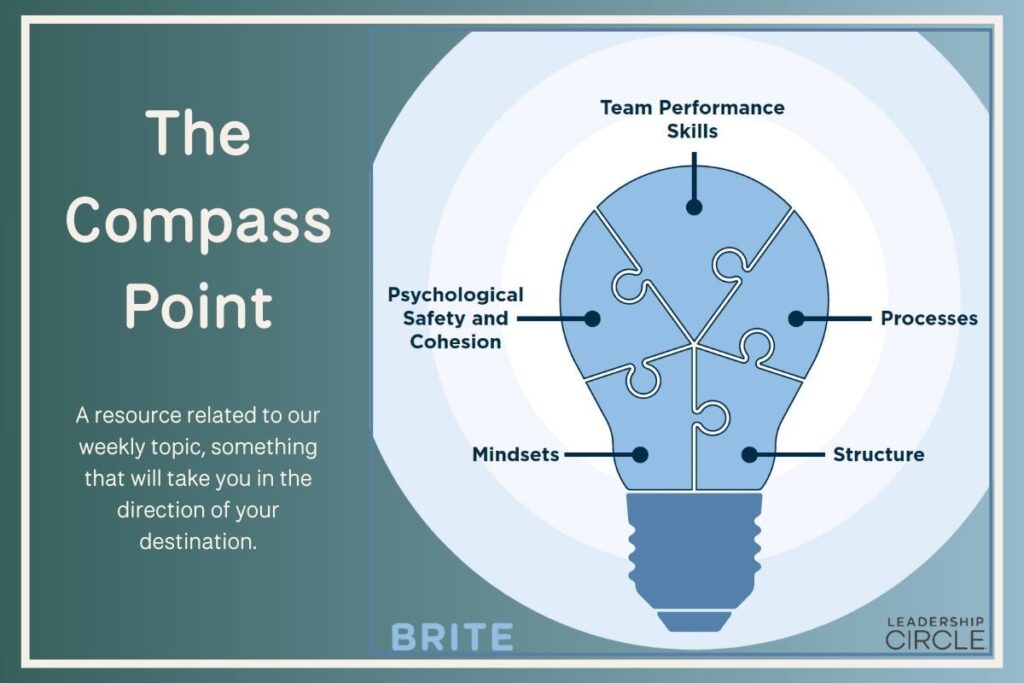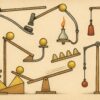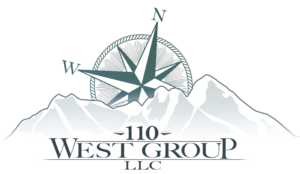If a team produces results, that means they’re highly effective, right?
Well… Not so much.
They may be highly effective, but completely dysfunctional and producing results despite themselves.
What can that dysfunction and ineffectiveness look like?
Symptoms can look like:
- Lack of alignment on goals, a silo mentality, and negative attitudes.
- Unclear roles, unreliable team members, and activity-focused leadership.
- Distrust, destructive behaviors, and a lack of collective emotional intelligence.
- Avoided or unhealthy conflict, knowledge hoarding, and a “popular clique” dynamic.
So can these teams actually deliver results?
They can, but not for long, not without flaming out gloriously.
And with that crash and burn come real impacts:
- Burnt out leaders who quit but stay, or leave and take their expertise with them
- Plummeting engagement, which impacts every measure of productivity.
- Innovation that dies on the vine (if it even sprouts).
- An inability to keep growing and producing results–the truth will out.
So how do you measure your team’s holistic effectiveness, not just their results?
I love using valid and reliable assessments for this work, as it gives teams a quantitative picture of where they’re at and how they can improve.
One resource I’m using these days is the Leadership Circle’s BRITE assessment.

The model measures team effectiveness in terms of energy, illustrated as a light bulb, because, “Highly effective teams are like bright lights within an organization. They increase a business’s competitive advantage.”
The assessment measures the flow of energy within a team, as highly effective teams have a full flow of energy that creates impact.
By looking at 5 elements, the assessment evaluates the generators that increase energy and the disruptors that diminish it.
The result is a picture of the team’s overall effectiveness.
The placement of the elements in the visual model is intentional:
Most teams focus on producing results, the top of the light bulb. And there may be energy shining from the top. But without energy in the foundation, the filaments burn out and the light of the results will eventually dim and die.
I recently facilitated a debrief of this assessment with a sales leadership team. They used the results to set actions to increase their overall effectiveness from average to high. As their leader said, “When you’re in the middle, you can go up or down.” They’re choosing to go up.
As I said to the team, assessments are great information, but it’s the action planning that is crucial, and then actually executing on those actions. That’s where the magic happens.
But it all starts with the assessment.
Where is YOUR team at? Don’t just look at the results. Get a full picture.
Looking to increase the cohesion, trust, and impact of your leadership team? Reach out and let’s discuss The Compass Team Experience and how I can help.








Recent Comments